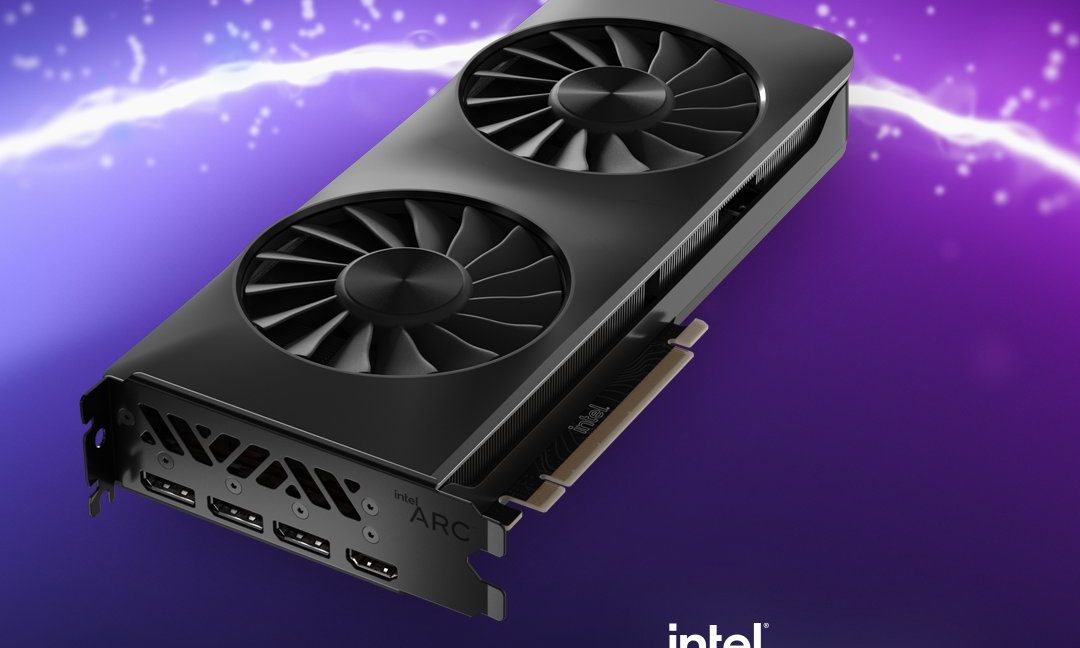First two games tested with native XeSS.
Redout 2. 4k 60fps maxed out, XeSS Balanced or Quality or Ultra Quality. I left it on Balanced. You don't see a single jaggie, good job by Intel as seen in the Shadow of Tomb Raider benchmarks, even when upscaling from 720p in some resolutions, they remove the jaggies from the image.
Ghostwire Tokyo. Native 4K Raytracing on High, no Screen Space Reflections (thankfully so), nor XeSS nor FSR2, TSR nor FSR 1.0. Game runs at 20-25fps. Ghostwire Tokyo supports, FSR 1.0, XeSS, TSR and FSR 2.0.
With XeSS Performance, 4K 44fps, RT High. XeSS Balanced, 35fps or so.
With FSR2 Ultra Performance, 4k 60fps, RT High.
With TSR, 4K 35fps.
With FSR 1.0, I haven't noticed, I don't care, although I've tried it.
A game that puts this mid-tier GPU to the limit, with Raytracing on High, looks godlike at times, Raytracing reflects the animations of displays on the building in realtime, crazy stuff.
Video cinematic, not realtime, I think?
Realtime ingame cinematic, 4K, maxed out settings to 11, XeSS Balanced. This really impressed me, also lighting is much better in game than in video cinematics.
Ingame gameplay, maxed out settings to 11, XeSS Balanced. HDR to SDR destroys the image here with that crazy blue glow, but anyways.
4K RT High, other settings. Textures and view distance set to default, not some crazy value. FSR 2.0 Ultra Performance, the equivalent to FSR 1.0/XeSS/DLSS Performance mode. 60fps.
4K RT High, other settings. Textures and view distance set to default, XeSS Performance. 44fps.
4K RT Medium, XeSS Performance.
4K RT Low, XeSS Balanced.
4K RT High, FSR 2.0 Ultra Performance. Real time reflections from the screen, it's impressive in motion.















